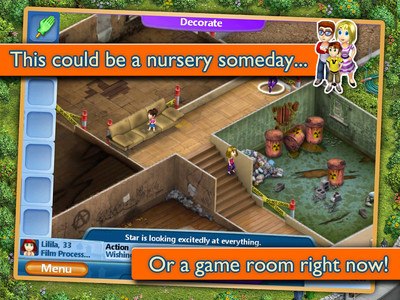
This list includes some of the many books for parents and caregivers.

This kind of structure encourages a child to continue on their own. Help your child get started on an activity, check on progress and help with clean up. If your child is older, they can manage being with you less often, but will enjoy having you stay long enough to play a game or do something together. If your child is young, they will need your attention more often, but for shorter periods of time. Try to set regular times throughout the day to spend with your child so you can still go about your daily tasks.

A lid from a large cardboard box can help keep track of pieces or supplies. Provide a large, firm surface to work on. If your child needs to stay in bed, place a table by the bedside. Plan activities that can be finished in short periods of time or can be stopped and started again easily. Know that your child’s attention span will be shorter than normal. When choosing new projects or toys, select ones that are geared to a slightly younger age. Familiar toys and play items give a child comfort and security.

Choose things they can do with ease when feeling well. But first, there are a few things to remember:Īvoid choosing activities that might frustrate your child. Of course there’s always TV, video games, apps and the Internet, but it’s better to fill most of the day with other activities. When you have a child who is sick at home, it can be tough to find things for them to do.


 0 kommentar(er)
0 kommentar(er)
